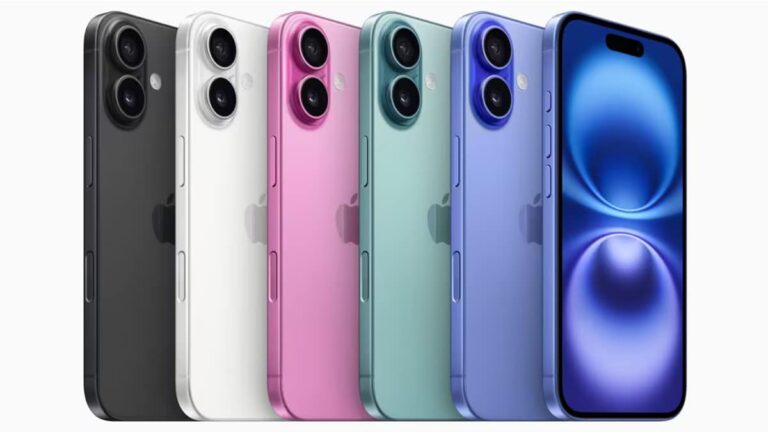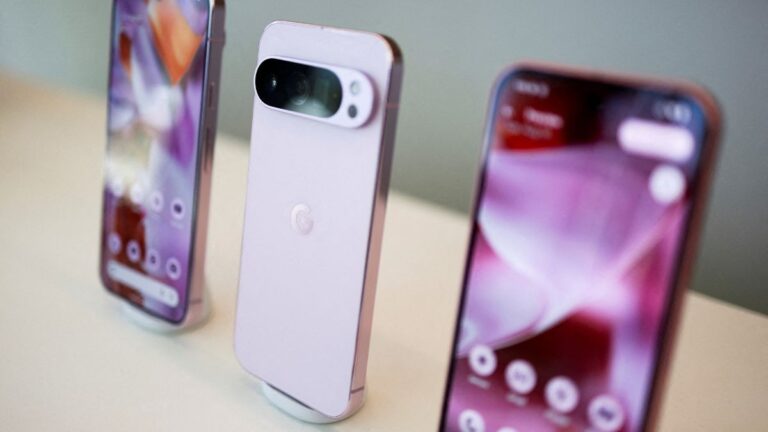This year, a new trend has started to take shape in the flagship smartphone segment—ultra-thin designs. It began with Samsung’s announcement of the Galaxy S25 Edge, and now, Apple is reportedly joining the race with the iPhone 17 Air, set to launch this September and Apple’s rumour mills are running overtime.

On paper, slim flagships sounded like an exciting shift. But in reality, the concept feels underwhelming, mostly due to the compromises and hardware limitations that come with a thinner profile. Not to forget, Apple will make compromises to shift to a thinner design.
Of course, this isn’t the first time Apple has experimented with its flagship lineup. We saw the introduction of the compact iPhone 12 Mini and iPhone 13 Mini, both of which quietly exited the stage due to weak demand. Then came the iPhone 14 series, which brought back the “Plus” model—again, not a breakout success.
Also read: iPhone 17 Air design ‘leaked’ in new hands-on video, here’s how it may look
Now, with the iPhone 17 series, rumours suggest that Apple is scrapping the “Plus” variant and replacing it with the ultra-thin iPhone 17 Air. That alone signals a shift in Apple’s strategy. But it also continues the pattern of discontinuing models that fail to strike a chord with buyers. At this point, it wouldn’t be surprising if the iPhone 17 Air ends up being the next flagship misfire—and there are a few reasons why.
iPhone 17 Air may not excite buyers
Over the past few months, leaks and rumours have painted a rough picture of what to expect from the iPhone 17 Air. And while the official launch is still a few months away, what we’re hearing so far feels underwhelming—especially for a phone that might cost upwards of ₹80,000.
Don’t get me wrong—the dummy units showcasing the device’s slim profile are genuinely impressive. But that excitement quickly fades when you consider the trade-offs. According to The Elec, Samsung has already scaled back production of the Galaxy S25 Edge, likely due to soft demand. And while marketing plays a big role, the success of such devices ultimately depends on how well the product connects with buyers. Apple may manage to drive early sales through brand loyalty and launch hype, but sustaining interest could be a different story.
The most obvious compromise appears to be the camera. Based on dummy units, the iPhone 17 Air may feature a single-lens rear camera. Even if the image quality is good, users might lose out on ultrawide or telephoto capabilities—much like the iPhone 16e.
Also read: iPhone 17 Air could launch in September 2025 — Key details revealed
Battery life could be another sore point. Reports suggest the iPhone 17 Air will pack a 2800mAh battery, significantly smaller than what’s offered by other iPhones or competing flagships. Yes, Apple is said to be introducing a new AI-powered battery-saving mode with iOS 26, which might stretch usage time. But whether that’s enough to satisfy power users remains to be seen.
Then there’s the pricing. The iPhone 17 Air is expected to slot between the standard iPhone 17 and the iPhone 17 Pro, likely putting it around the ₹80,000 mark. And for that price, many buyers may wonder: are they paying more for less?























